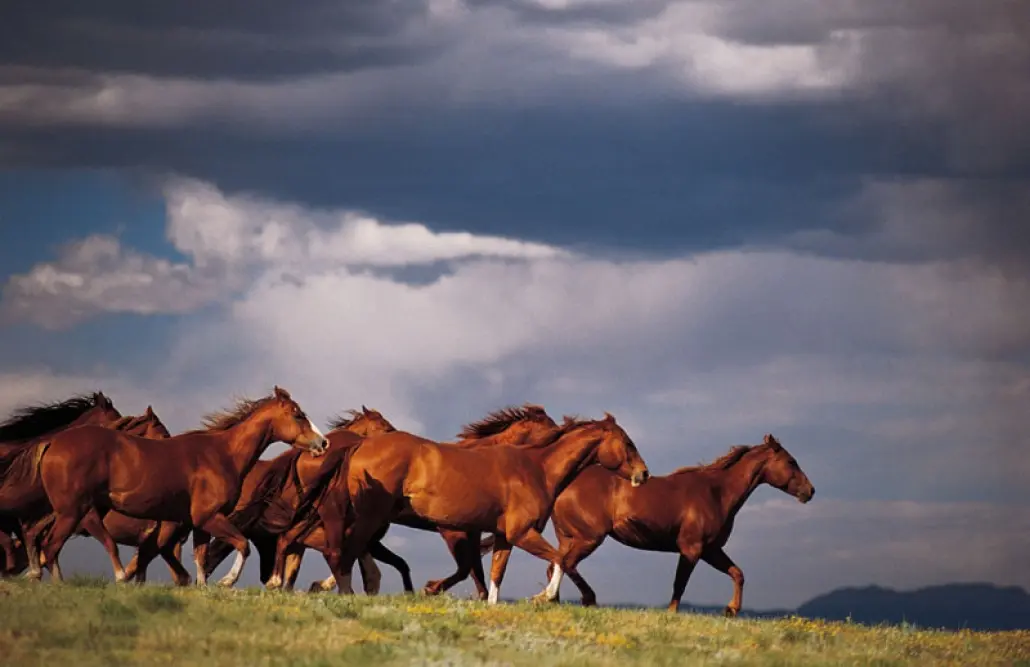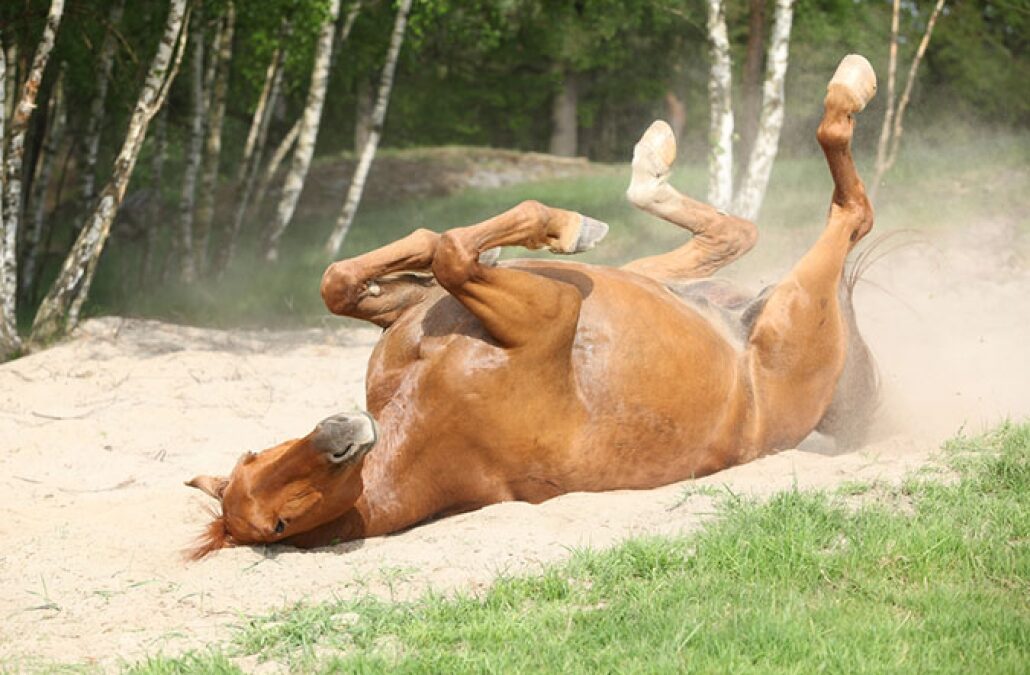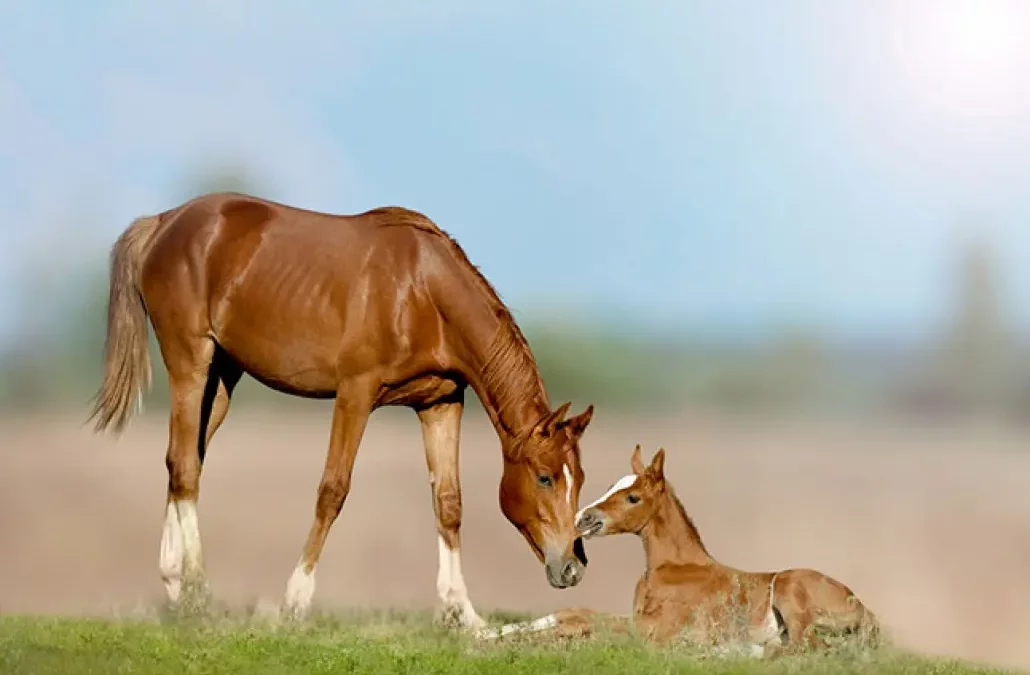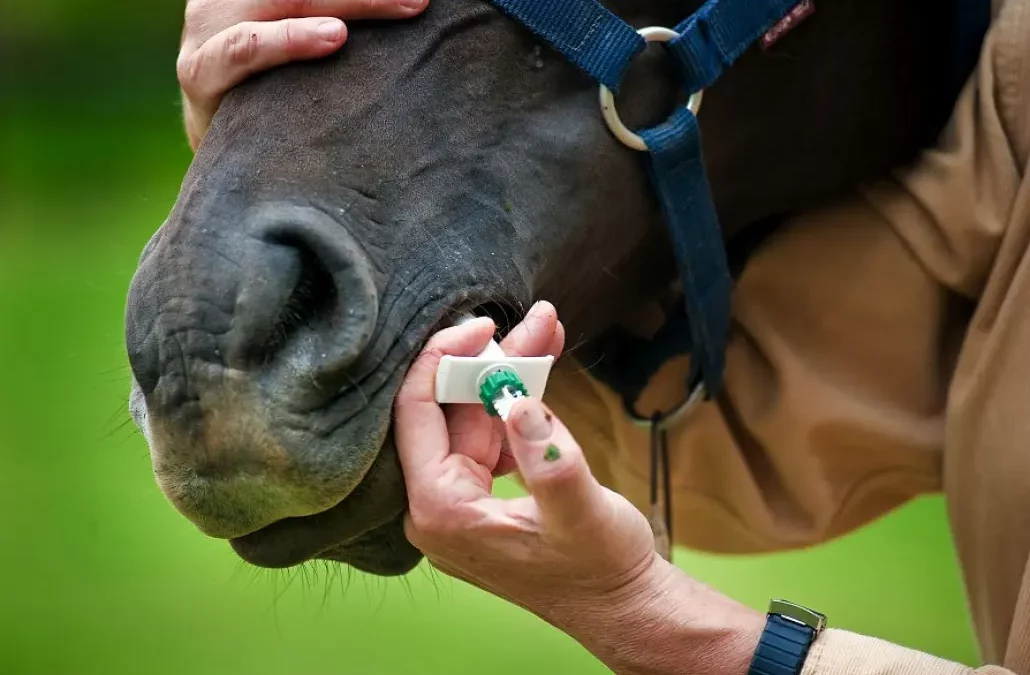Written by the AAEP
First Aid / Emergency Care – Mar 3rd, 04
An AAEP Health Brochure
In the event of a disaster, your veterinarian knows how important it is for you as a horse owner to have pre-planned actions and proper information to make rapid decisions that may save your horse’s and even your own life.
ASSESS YOUR RISKS
What are the most likely disasters in your area? (flood, fire, tornado, hurricane, nuclear accident, disease threat, chemical spill, ice storm, etc.) For each type disaster, check:
· What are your major vulnerabilities?
· What can you do to minimize the damage?
· What plans do you have in place?
· Who do you need to contact?
BEFORE THE EVENT
· Take a careful look at your property and identify the best place for your animals in each type of disaster you consider.
· Prepare for the possibility you might want to evacuate (check with your local veterinarian, law enforcement, animal control, or Ag extension agent for routes and recommendations).
· Find several alternative locations and check the entry requirements for each. Be sure to have agreements arranged for your animals in advance.
· Prepare an ID packet for each horse: age, sex, breed, color, registrations, unique ID’s, photos, microchip numbers, etc.
· Write down any special feeding instructions; list any medications with dosage; record the name and phone number of your prescribing veterinarian.
· Be sure all vaccinations and medical records are in writing and up-to-date. Have current Coggins test records and consult with your veterinarian for other recommended immunizations or tests.
· Take records with you. Records left at home may be damaged or destroyed during a disaster.
· Check for alternate water sources. Have fresh water and hay available for 48-72 hours.
· Keep trailers and vans well maintained and full of fuel.
· Keep insurance coverage current and adequate.
· Consider an event where you might by unable to save/evacuate all your animals. Make a priority list. Familiarize family and farm personnel with the list in case you are not there when the disaster occurs.
Prepare an emergency kit for a minimum of 72-hour care, which include:
· Plastic trash barrel with lid
· Tarpaulins
· Water buckets
· First aid items
– Betadine or Nolvasan solutions
– Antibiotic ointment
– Gauze squares and bandages
– Ichthammol ointment (feet)
– Tranquilizer injections (optional)
– Eye ointment
· Portable radio, flashlight and extra batteries
· Fire resistant, non-nylon leads and halters
· Knife, scissors, wire cutters
· Duct tape
· Livestock markers or paint
· Leg wraps
· Lime and bleach/disinfectant
DEVELOP A BUDDY SYSTEM
Talk with a neighbor or friend and make arrangements to check on each other after a disaster. Tell one another if you are evacuating and to where, so authorities will know. Buddies may agree to pool resources, such as generators, water tanks, trailers, etc. Permanently identify each horse by tattoo, microchip, brand, tag, photographs (front, rear, left and right side) and/or drawing. If disaster strikes before you can do this, paint or etch hooves, use neck or pastern bands, or paint your telephone number or last four digits of SSN on the side of the animal.
PRACTICE YOUR PLAN
When disaster strikes, remain calm and follow your plan! Remember it is vital to be able to leave early in any mandatory evacuation to avoid getting stalled in traffic and create unnecessary hardships.
AFTER AN EVENT
· Notify family, friends and officials that you are OK and whether you stayed or evacuated. Use phones, radios, Internet, signs or word of mouth.
· Inspect your premises carefully before turning our horses. Look for foreign materials (tin, glass, nails) and downed fences or power lines.
· Be careful leaving your animals unattended outside. Familiar scents and landmarks may be altered, and your horses could easily become confused and lost.
· Check with your veterinarian or State Veterinarian’s office for information of any disease threats that may exist because of the situation.
· If you find other horses, use extreme caution in handling, and work in pairs if possible. Keep the horse contained and isolated, and notify authorities as soon as possible.
· If any horses are lost, contact local authorities.
BE PREPARED TO IDENTIFY AND DOCUMENT OWNERSHIP WHEN CLAIMING LOST HORSES.
Listen to the emergency alert system (EAS) for information about locating lost animals.






